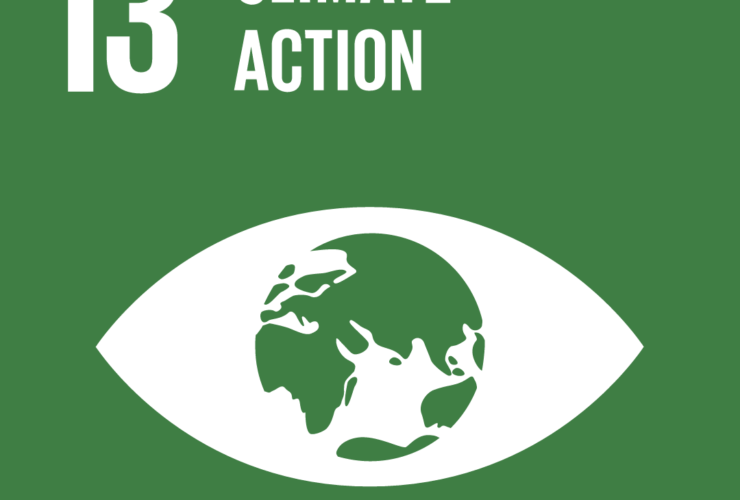Ex-official out to stop Lamu coal plant
Last month I visited Lamu Island for the first time. Its natural beauty and friendly people make the archipelago the most chilled and hospitable place in the region.
The county’s tourism has suffered due to the threats of insecurity, but it is recovering, thanks to bright initiatives of the county government.
Street lights, paved streets, improved sanitation and new safer landing sites all catch the eye.
The County Executive for Tourism and Natural Resources has been a dynamic, smart and articulate young woman, Samia Omar.
She initially made her mark in the ‘Save Lamu’ campaign. She may well return there after her resignation last week over the national government’s decision to proceed in partnership with Chinese firm Amu Power to build a coal-fired power plant in Lamu.
Her resignation was a last desperate measure to highlight the health and environmental dangers of the project.
Ms Omar has the passion, courage and ability to fill the shoes vacated by the late Wangari Maathai.
She is asking important questions about the project and requesting Nema to halt the development until community concerns are addressed.
She is also offering solutions in the shape of cleaner, renewable sources of energy.
She cannot then be dismissed as an “enemy of development” as so many civil society activists are often branded.
Briefly, the justification for the project is that more electricity is required to run the Lapsset project, which appears to be in the doldrums anyhow.
It is projected that 350 Megawatts will be needed, yet the coal plant will produce 1,050 MW, three times the required amount.
HEALTH DANGERS
According to economist Robert Shaw, Kenya is currently producing 2,300 MW but only using 1,600 MW at peak demands.
So there is no urgency in generating more electricity for a project that is currently just on the drawing board.
There may well be more demanding energy needs in the future, but in the meantime there is an opportunity to explore other cleaner, renewable sources of energy.
The coal will be transported by the Chinese from Mozambique and South Africa.
Thereafter it will be carried inland, where it will most surely release filthy dust, never mind the poisonous toxics when the plant is operating.
The health risks of living near a coal plant are well documented: sulphur dioxide promotes heart disease and asthma while nitrogen destroys lungs as all miners know.
Mercury, which is a carcinogen, will poison the fish in the ocean miles away.
If the project proceeds, Kenya’s Green House Gas Emissions will rise from six per cent to 10 per cent.
Put another way, 1,050MW will generate 7.5 million tons of carbon dioxide each year, which is about the equivalent of cutting down 320 million trees.
JETTISON COAL ENERGY
Pope Francis says in Laudato Si that coal must be replaced right away by renewable energies.
The Paris Protocol sent the same message this year. India has recently cancelled contracts for four coal-powered plants, while the UK will close the last of its plants in 2025.
It is only China that continues to expand with coal plants.
Ms Omar knows that this plant will destroy the National Reserve, Biosphere Reserve and the Unesco World Heritage Site in Lamu.
Do the Kenya Government and Chinese company care?
gdolan54@gmail.com @GabrielDolan1
Source: Nation


